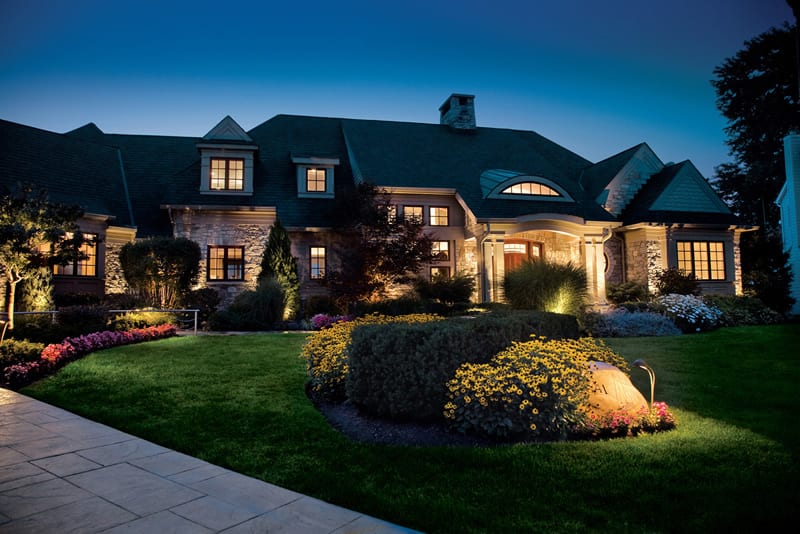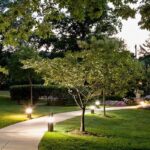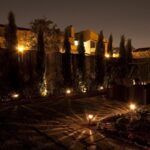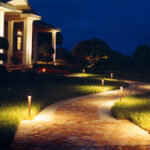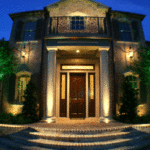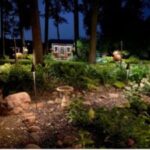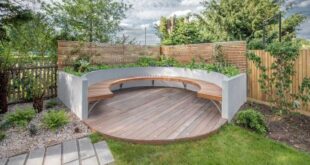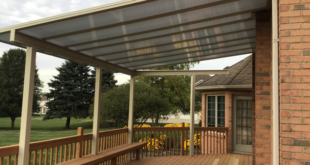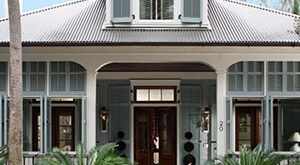Outdoor lighting is an essential element of landscape design that not only enhances the curb appeal of your home but also improves safety and security. Whether you want to create a cozy ambiance for outdoor gatherings or illuminate pathways and key architectural features, the right lighting design can transform your outdoor space into a magical and inviting retreat.
When it comes to landscape lighting design, there are a few key elements to consider to create a cohesive and harmonious look. In this ultimate guide to landscape lighting design, we will explore different types of lighting fixtures, techniques, and tips to help you illuminate your outdoor space effectively.
Types of Lighting Fixtures
There are three main types of lighting fixtures commonly used in landscape lighting design:
1. Path lights: Path lights are typically low-voltage fixtures that are placed along walkways, driveways, and patios to provide illumination and guide visitors safely through your outdoor space.
2. Spotlights: Spotlights are directional fixtures that are used to highlight key architectural features, landscape elements, and focal points such as trees, shrubs, and sculptures.
3. Well lights: Well lights are buried in the ground and are used to uplight trees, shrubs, and other vertical elements in your landscape.
Techniques for Landscape Lighting Design
When planning your landscape lighting design, it’s important to consider the following techniques to create a visually appealing and functional outdoor space:
1. Layered lighting: To create depth and visual interest, use a combination of path lights, spotlights, well lights, and other lighting fixtures to illuminate different areas of your outdoor space.
2. Highlight focal points: Use spotlights to highlight key architectural features, landscape elements, and focal points such as trees, shrubs, and sculptures to create a focal point and draw the eye towards them.
3. Create shadows and contrasts: Play with light and shadow to create dramatic effects and contrasts in your outdoor space. Position lights strategically to cast shadows and highlight textures and shapes.
Tips for Landscape Lighting Design
To ensure a successful landscape lighting design, consider the following tips:
1. Use LED lighting: LED lighting fixtures are energy-efficient, long-lasting, and provide a warm and inviting glow. They are also available in a wide range of colors and styles to suit your design preferences.
2. Consider light pollution: To minimize light pollution, use shields or hoods on your lighting fixtures to direct light downwards and reduce glare.
3. Set timers or use smart lighting controls: Set timers or use smart lighting controls to automate your outdoor lighting and adjust the brightness and color temperature of your lights based on the time of day or season.
In conclusion, landscape lighting design is an essential element of outdoor space design that can enhance the beauty, functionality, and safety of your home. By considering different types of lighting fixtures, techniques, and tips, you can create a cohesive and visually appealing outdoor space that you can enjoy day and night. So, illuminate your outdoor space and create a magical retreat that you can enjoy for years to come.
